NASA Releases Creepy Solar System Recordings
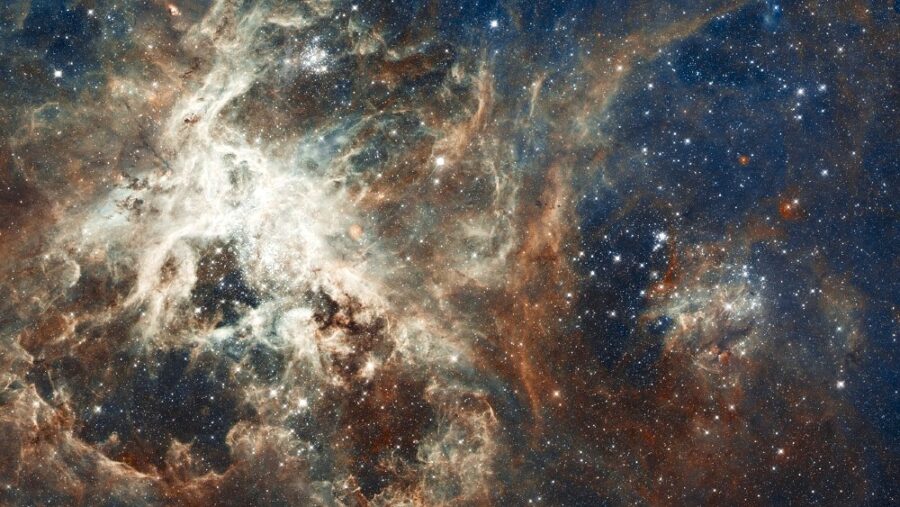
They say that in space, no one can hear you scream. That’s good because that means that no one will hear your cries of terror when you find out that the cosmos is full of creepy sounds. As Science Alert reports, NASA has recently released some eerie solar system recordings taken from the Milky Way.
Plasma Waves Create Eerie Sounds In Space
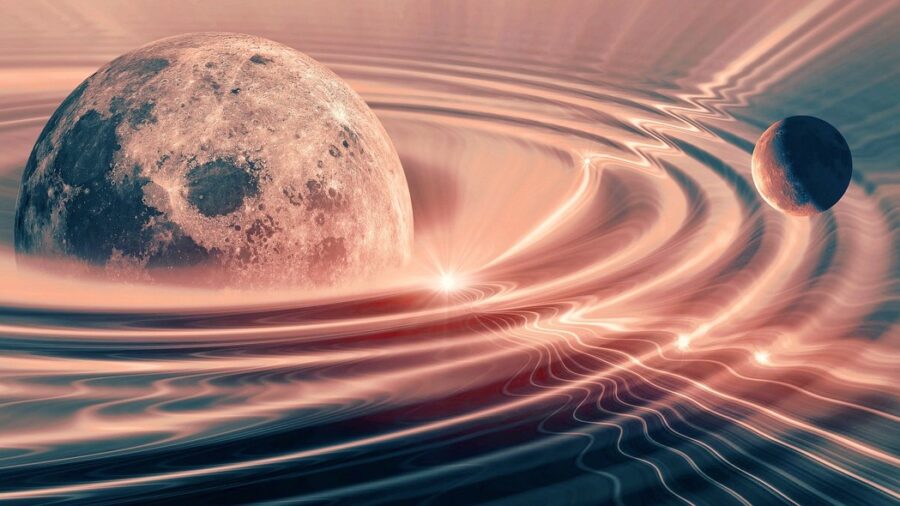
As surprising as it sounds, outer space isn’t as quiet as we’ve been led to believe. By converting the frequencies of plasma waves into sound, it’s possible to hear the shrieks and cries of our solar system through recordings. These plasma waves are formed as electrons become trapped in the magnetic field surrounding most large celestial objects, such as planets.
Each Object In Our Solar System Emits A Unique Sound
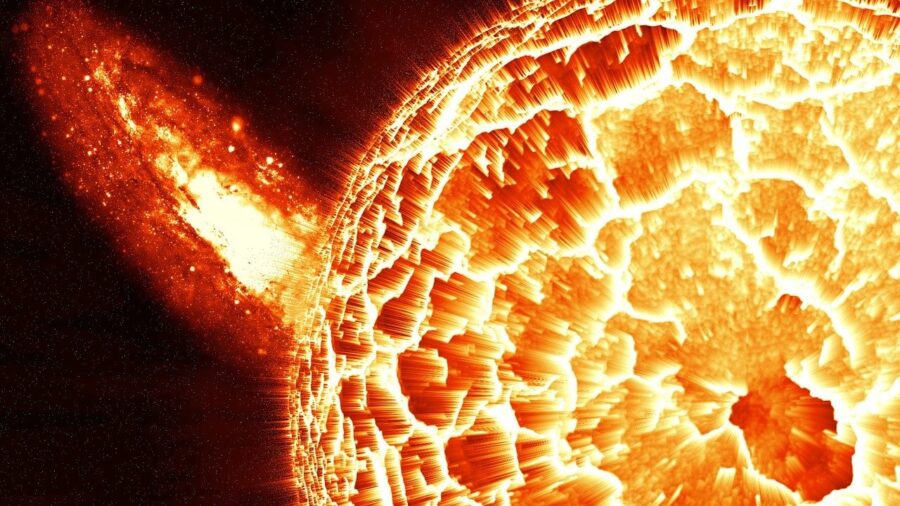
Each massive object in our solar system has its own sounds. For instance, the Sun outputs a roaring cacophony that scientists estimate could reach an earsplitting 100 decibels. While NASA’s solar system recordings of our Sun aren’t anywhere near that loud, they’re still fascinating. When the Sun’s vibrations are converted to sound, they produce a constant hum that pulsates as if alive.
Space Noise Was First Recorded In 1932
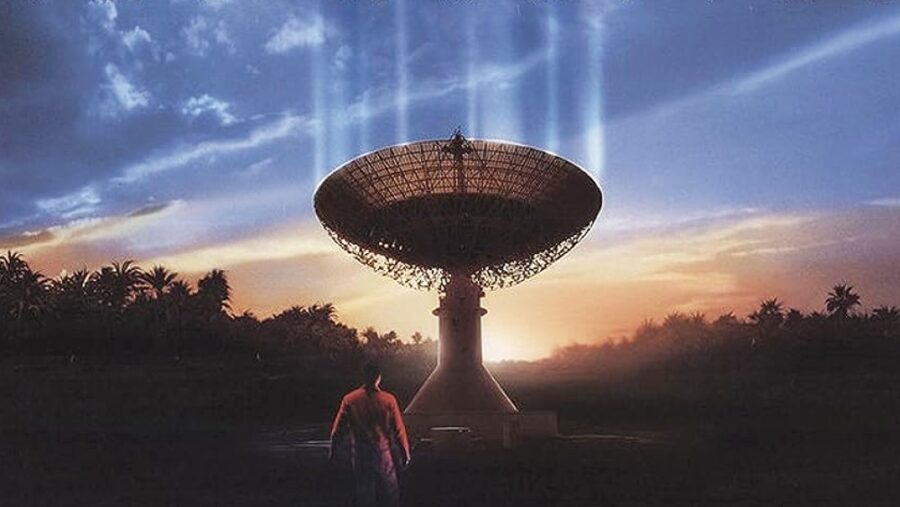
The first solar system recordings were taken by astronomer Karl Guthe Jansky in 1932. Jansky had built a rotating radio telescope designed to pick up a certain frequency of radio waves. When Jansky’s data came back to him, he noticed a persistent hiss in the background that the astronomer quickly discovered was not random noise but the sound of the galaxy itself, thrumming away like a beating heart.
In 1957 the launch of Sputnik led to several satellites being launched into space—several with instruments capable of picking up more sounds than Jansky’s initial device. These early solar system recordings were made up of invisible light and plasma waves as well as radio waves. Plasma waves swirling around a planet have been known to generate unique chirps and whistles that scientists refer to as a chorus.
Earth Gives Off Animal-Like Noise, And Some Moons Produce Robotic Blips
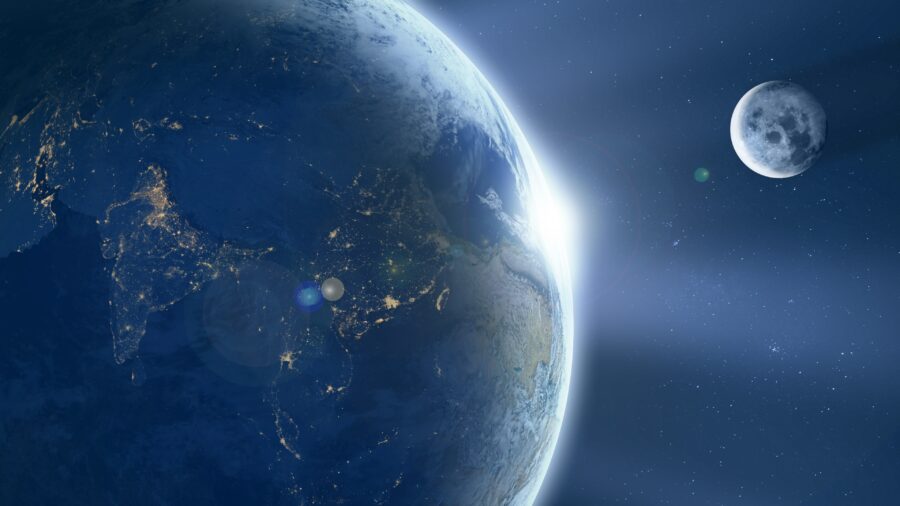
Each planet seems to have its own unique sounds. Earth, when recorded from space, sounds kind of like birds chirping or whales singing. Saturn, on the other hand, sounds like something right out of a 1950’s sci-fi B movie.
That also extends to moons. Solar system recordings of two of Jupiter’s moons, Europa and Ganymede, produced sounds that were almost electronic in nature, blips and bleeps like those a robot might use to communicate.
Recordings Of Far-Away Black Holes Exist
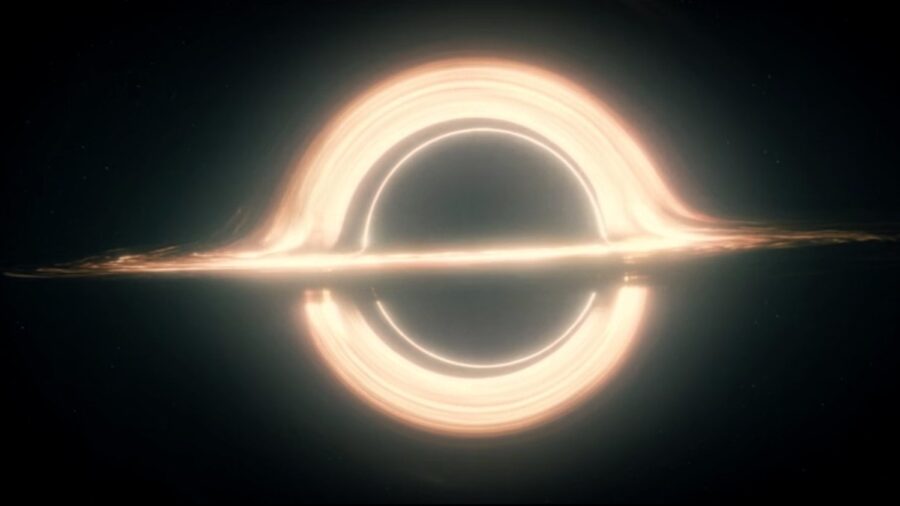
It’s not just the Milky Way either. Outside of the solar system, scientists have made recordings of supermassive black holes and other celestial phenomena. NASA has compiled a playlist of some of its recordings that you can listen to on its website. Some, like the track titled “Black Hole Sound in the Perseus Galaxy Cluster,” sounds almost like unrestful spirits wailing in agony. Others like “M51 X-ray Sonification” sound like a lost Friday the 13th soundtrack.
Solar System Recordings Offer An Audible Look Into The Cosmos
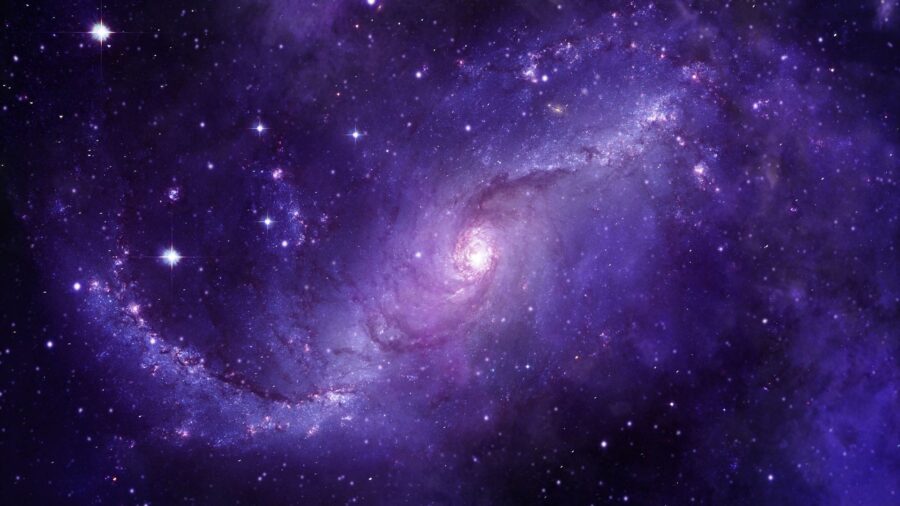
These solar system recordings aren’t going to replace any of your go-to Spotify jams, but they do present a new way of experiencing the cosmos beyond the usual visual means. Everyone has seen a star, but not many people have ever listened to one.












